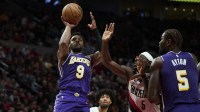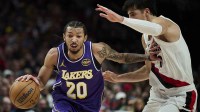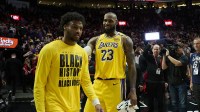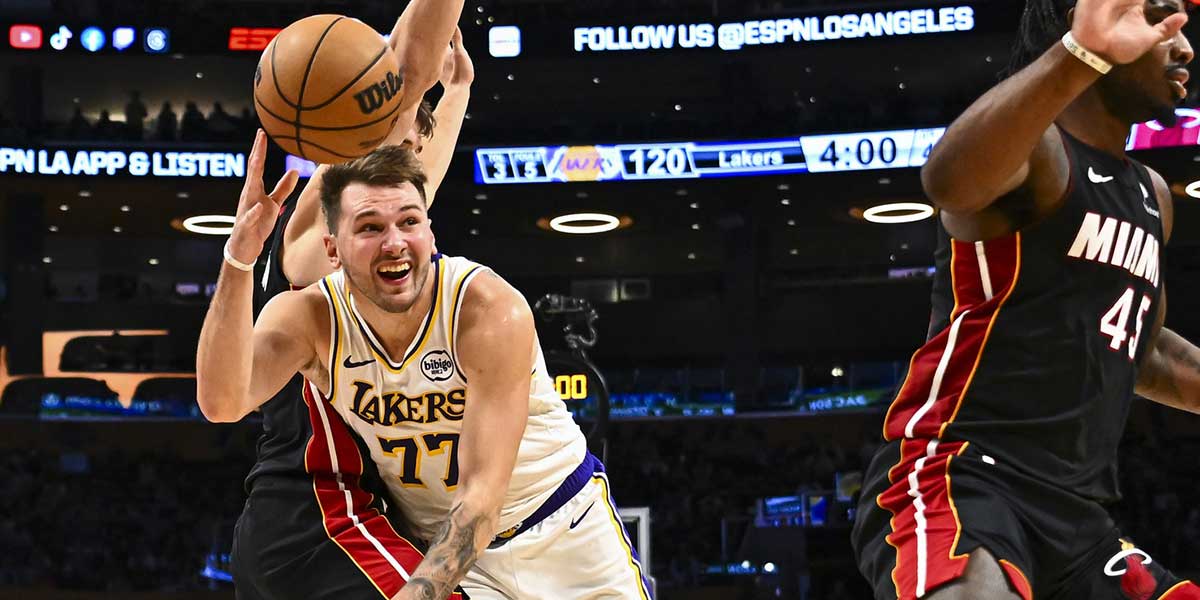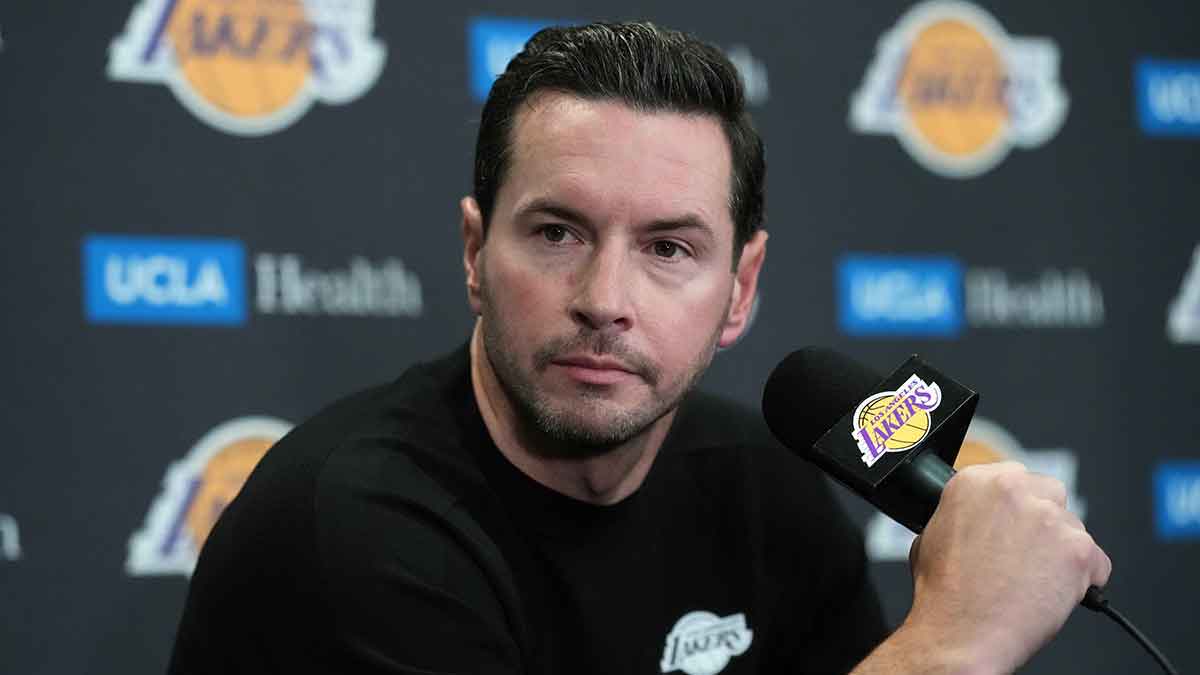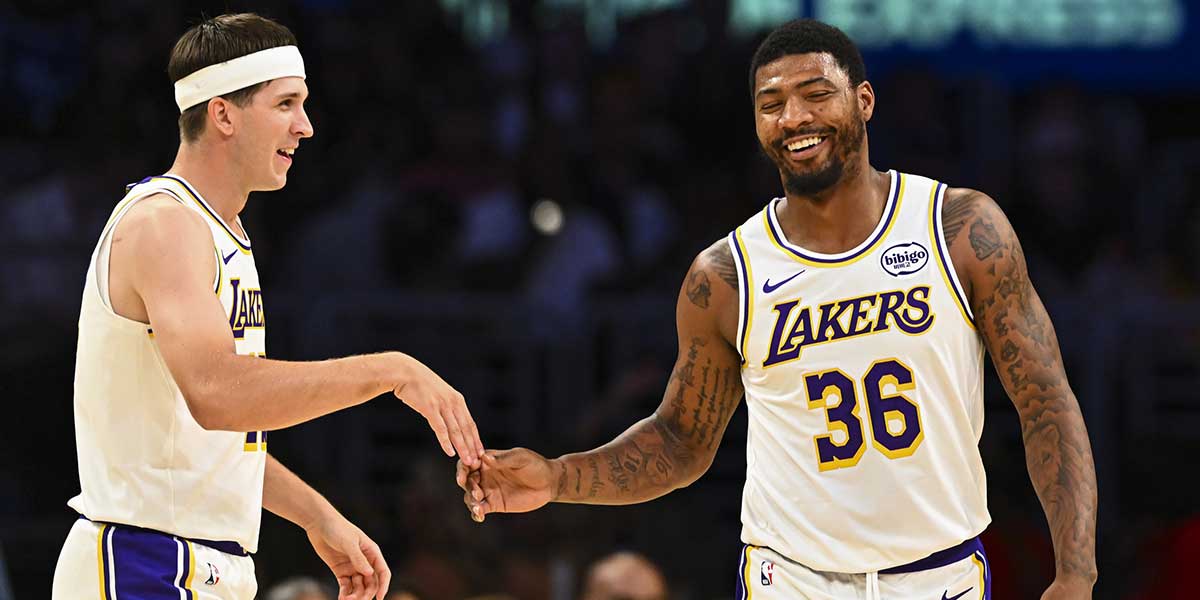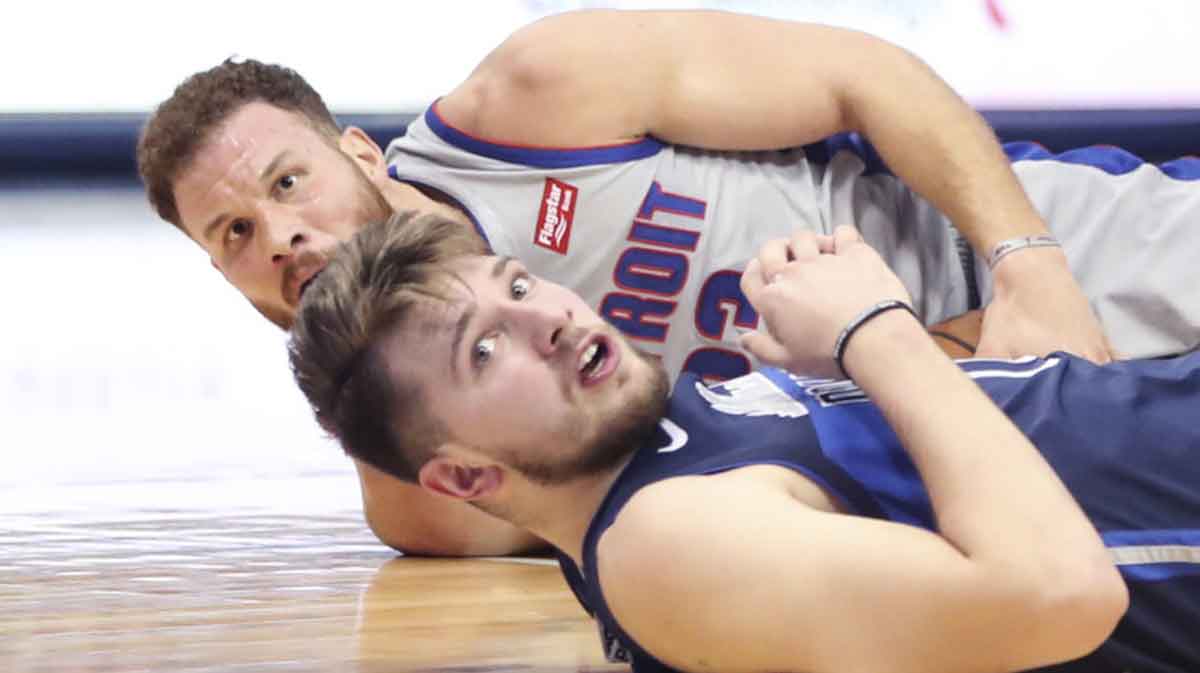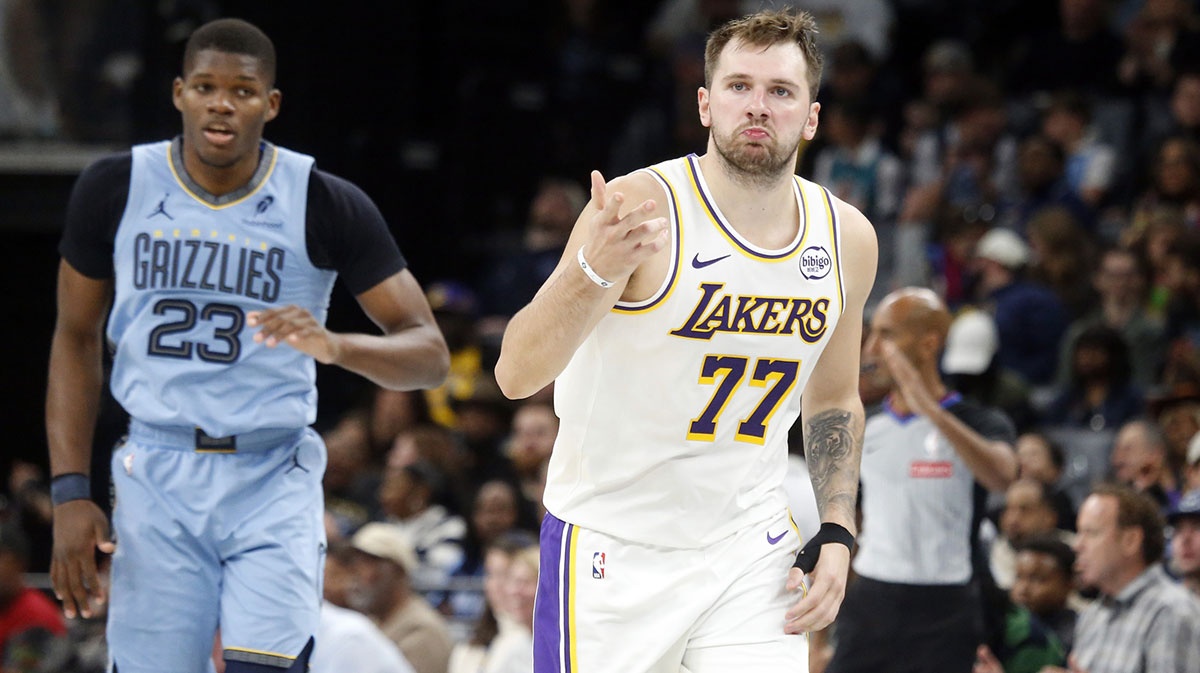A year ago, the idea of LeBron James playing in the iconic Los Angeles Lakers' purple and yellow threads seemed like a pipe dream conjured by Lakers fans desperate for a star to fill the void left by Kobe Bryant's retirement.
After one trade in the 2016-17 offseason, the King's path to Los Angeles had been formed, and the Laker dream was on its way to becoming reality.
James was coming off his seventh straight Finals appearance, a series that ended in a 4-1 loss to the dominant Golden State Warriors. James had an incredible series, averaging a triple-double of 33.6 points, 12 rebounds, and 10 assists per game, but the star power of the Warriors triumphed in the end.
In the 2017 offseason, rumors began to rise that Kyrie Irving was ready to step out of LeBron's shadow. In an interview with ESPN's Jackie MacMullan, Irving explained that it was a necessary step for him to take.
“[Leaving] was inevitable. I could feel it.”
The other player who would be traded for Irving, Isaiah Thomas, was on the other side of the spectrum when it came to swapping teams.
Thomas had just put together an incredible season in which he became the heart and soul of a scrappy Boston Celtics team. The 5-foot-9 guard had lost his sister to a car crash in the middle of the playoffs, and the city had come together to support him in his time of need. Thomas was in no hurry to leave Boston after it seemed like he had finally settled into a team and city that not only wanted him but believed in him.
In an interview with Gary Washburn of the Boston Globe, Thomas insisted;
“Boston knows where my heart is at, I would love to be back, I would love to be here for years to come. Sometimes this game is a business, and just like the Celtics are going to look out for themselves I gotta do what’s best for my family, and hopefully, that’s here in Boston.”
Unfortunately for Thomas, the NBA has proved again and again that the business side of the league will beat out any feel-good storyline.
On August 31, 2017, Thomas, along with teammates Jae Crowder and Ante Zizic, and a 2018 first-round pick were traded to Cleveland for Irving.
The trade set the league ablaze. Swapping two legitimate superstars is rarely seen, and the storylines surrounding the two from the season before made the trade media gold.
Most pundits were quick to label the Cavaliers the winner of the trade. Some even declared that Danny Ainge had gotten fleeced by the Cavaliers, giving away too much for just one player.
(Credit to Skip Bayless for being on the money with his break down here)
The 2017-18 season was still young when people began to realize that this trade was not a success for the Cavaliers.
Thomas didn't suit up for the Cavaliers until January. Crowder was a horrendous fit, shooting only 32 percent from behind the arc (seven percentage points lower than his previous season with Boston) and losing the defensive spark he had with the Celtics. Zizic did next to nothing, getting only 7.2 minutes a game and averaging 3.6 points.
Cleveland struggled mightily, at one point losing four straight games, two of them to extremely weak teams in the Knicks and the Nets.
Thomas' return did little to help. The Cavaliers looked discombobulated and uncomfortable when both Thomas and James took the floor, resembling more of a pickup team at the gym than an NBA team. They were horrendous defensively, ranking only above the Phoenix Suns in defensive metrics and surrendering 110 points per game. It was common to see teams hunt Thomas on defense because of his height and limited defensive ability, having his man set a pick and then have the lead guard go to work on the hapless guard.
Eventually, James had enough, and a massive roster overhaul occurred. Thomas, Crowder, Derrick Rose, and even Dwyane Wade were all traded away before the trade deadline. George Hill, Jordan Clarkson, Rodney Hood, and Larry Nance Jr. slid into their roles.
It was too late to fix the mess of a trade. The new look Cavaliers impressed for about ten games, then promptly went down the drain.
James did his best to milk every ounce of talent out of the group, but the players surrounding him were simply not up to par. The Cavaliers barely beat a skilled Indiana Pacers group, crushed a Toronto Raptors team that consistently chokes in the playoffs, and, ironically, beat an Irving and Gordon Hayward-less Celtics in seven games.
The Finals became a LeBron vs. four All-Stars kind of matchup. Thankfully, a sweep put the Cavaliers out of their misery quickly. Only one game was relatively close, and J.R. Smith will be remembered forever for blowing it.
James saw the writing on the wall, and his choice became significantly easier. He could stick with a team that was a jumble of decent to subpar players, or he could start with a blank slate on a different team. To further his legacy and win more championships, he would need to leave his home team.
Eventually, James decided on Los Angeles, a team full of potential that also had massive star appeal as a city, something Cleveland never had. Knowing he would need at least two other stars to compete with the Warriors, James took a gamble that the Lakers and Magic Johnson had the best chance of making it happen.
One trade had torpedoed an entire franchise while helping another rebuild from the ashes. However, not all the blame lands on the Cavaliers management. Irving was determined to find a way out of Cleveland, and perhaps he would've ended up as a locker room cancer if he wasn't traded and the Cavaliers underperform, anyway. Regardless, this trade will go down in history as simultaneously dismantling a once-successful Cleveland team and paving a path for one of the best of all time to enter Lakerland.



